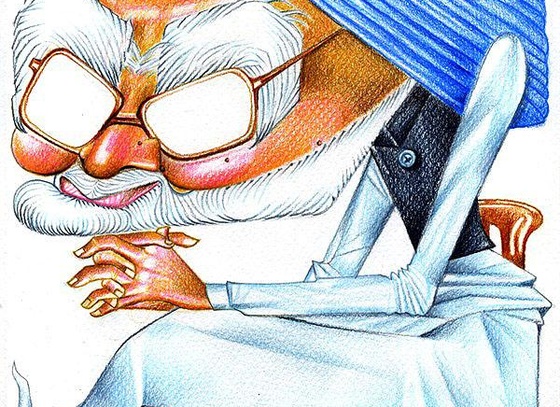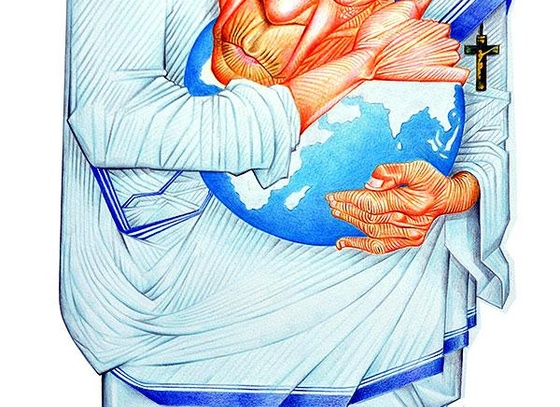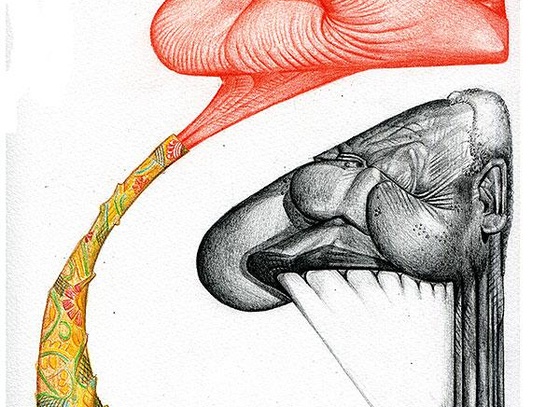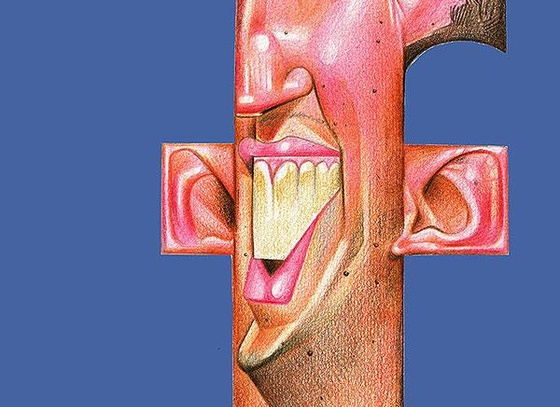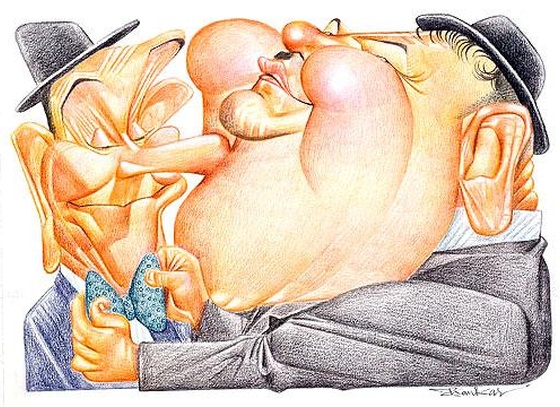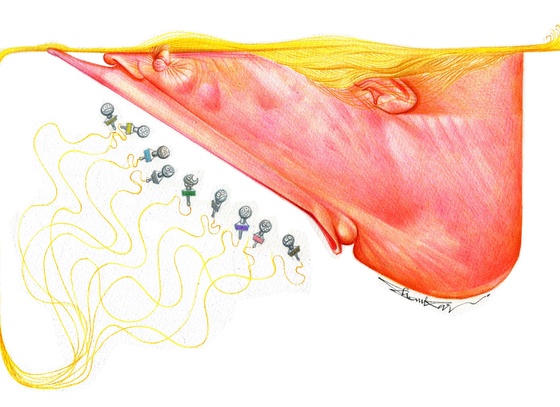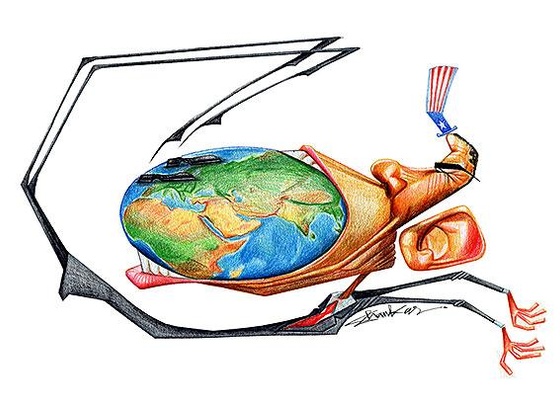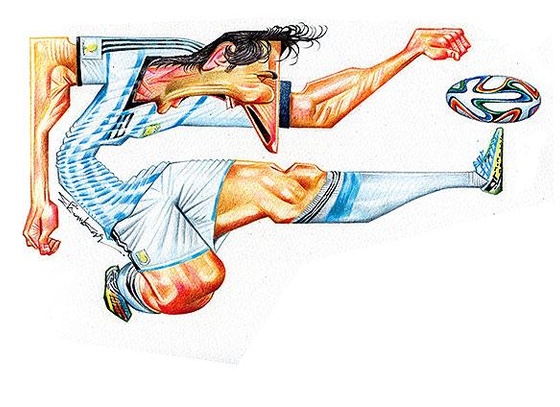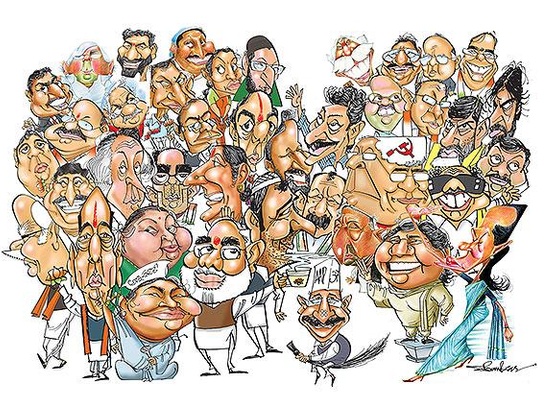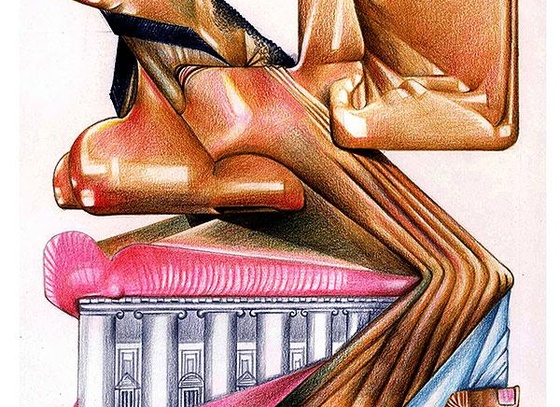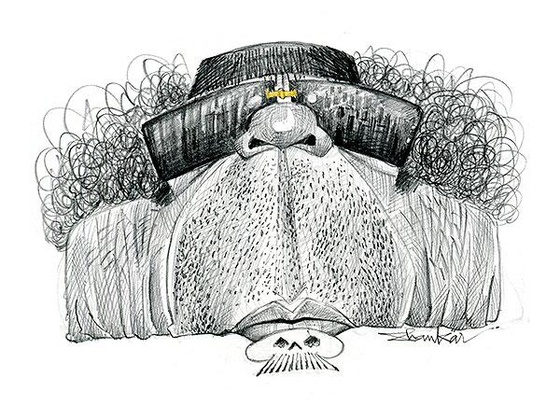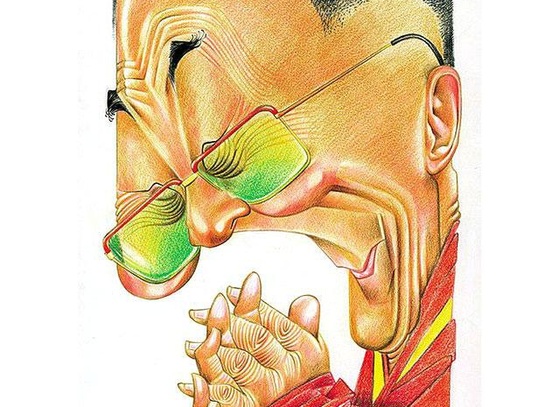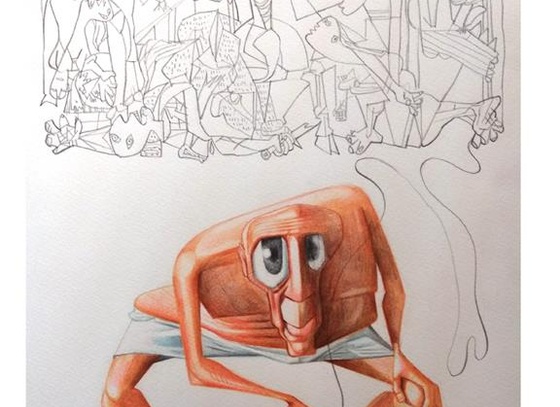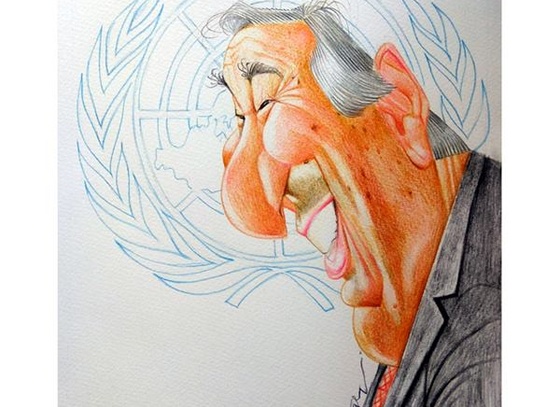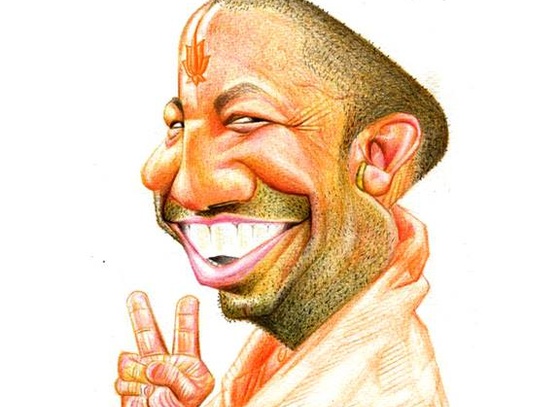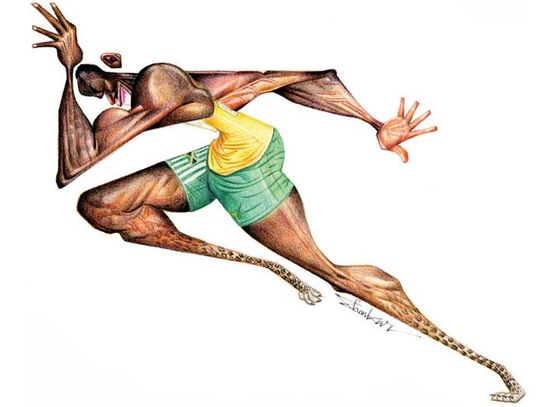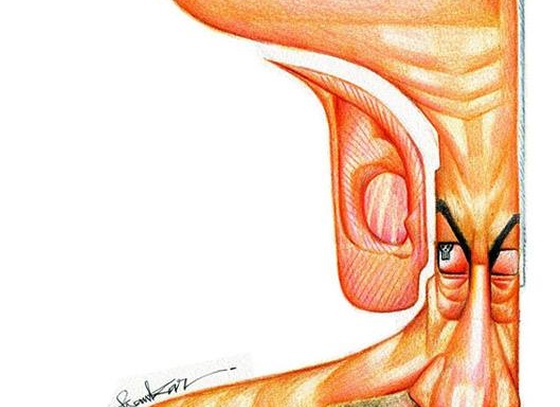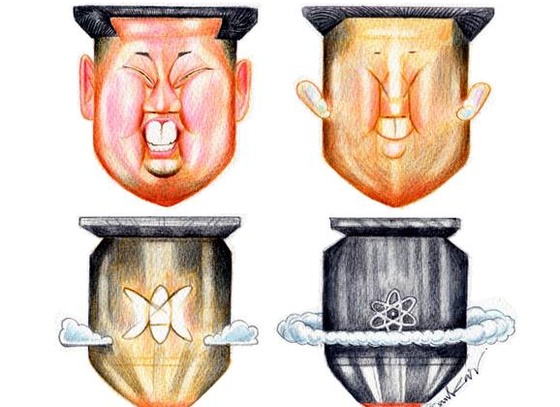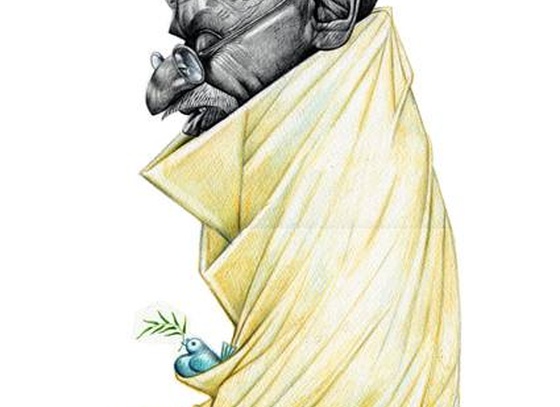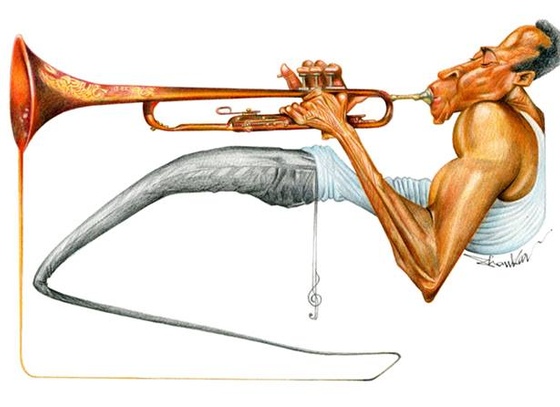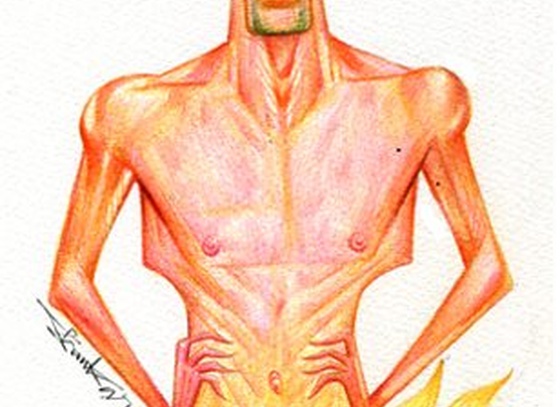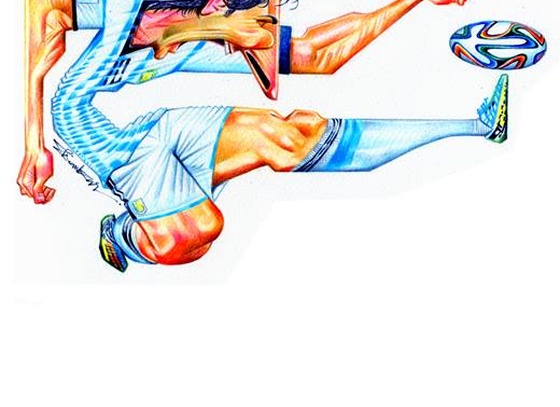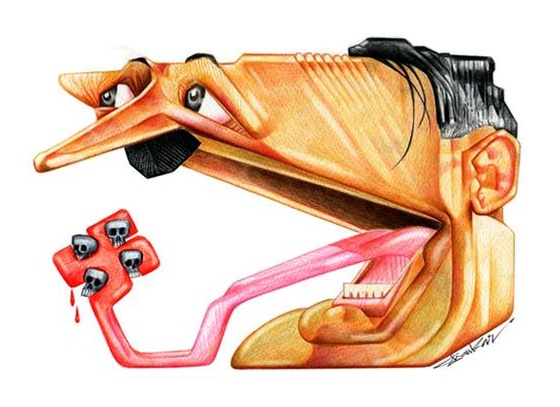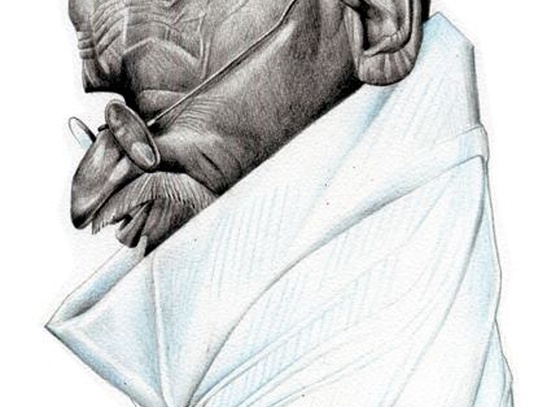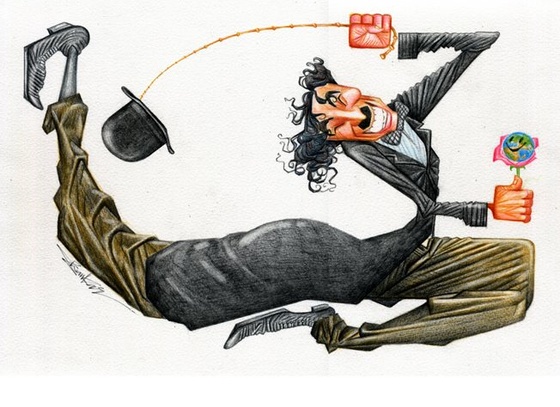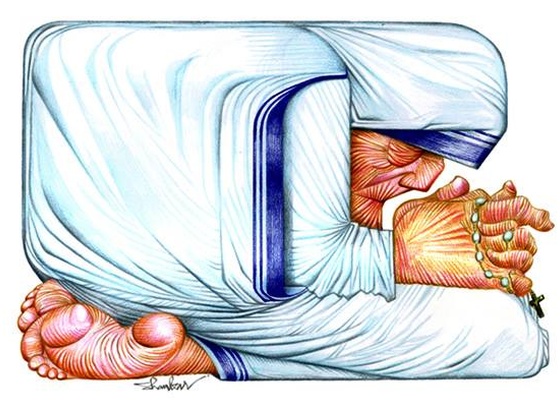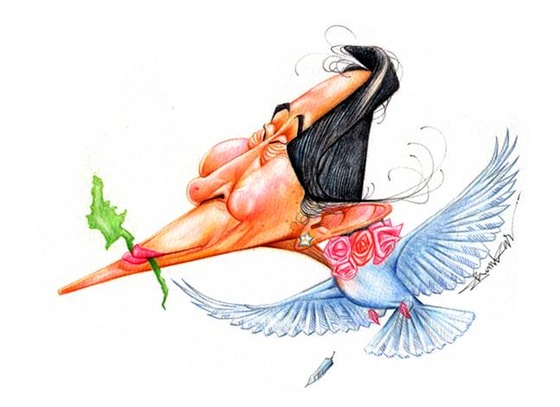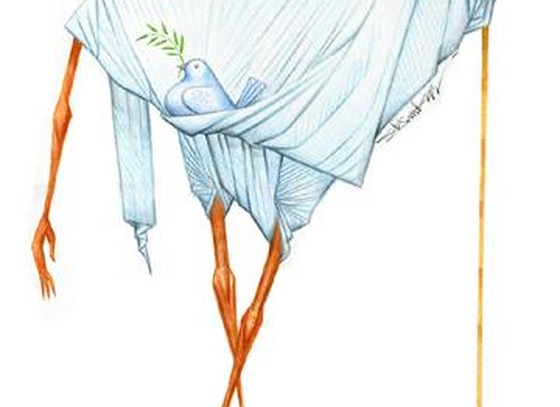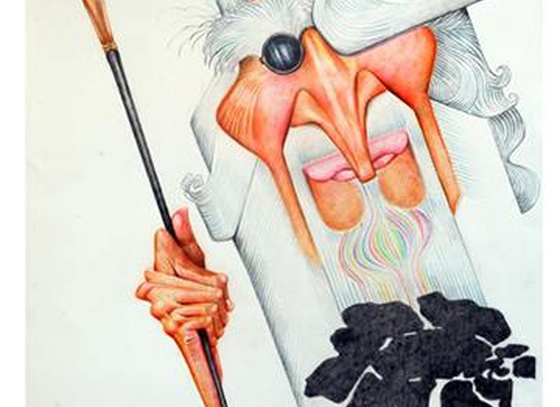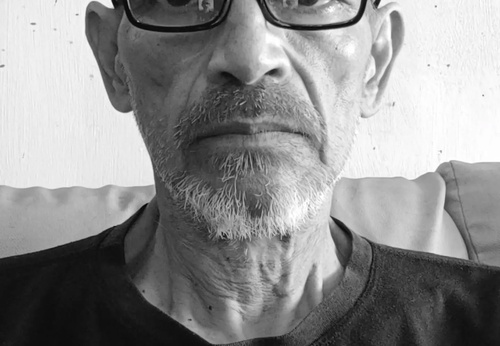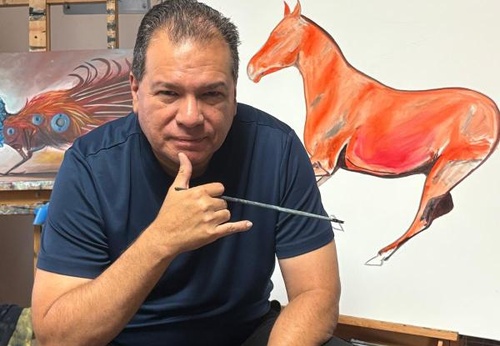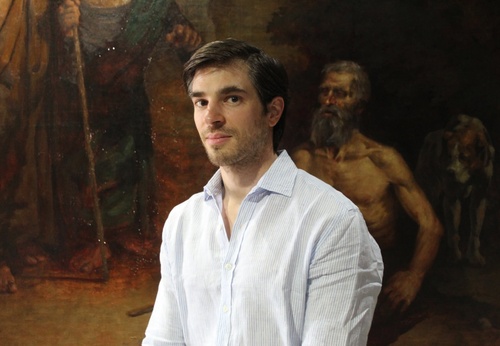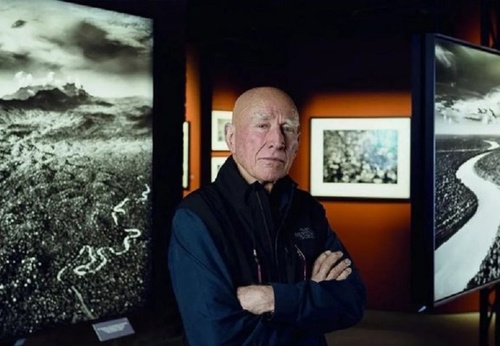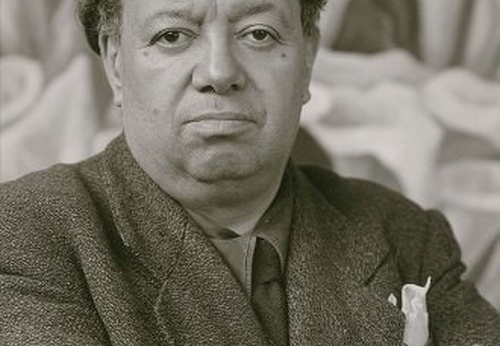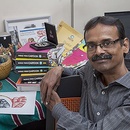
Shankar Pamathy
Shankar Pamathy was born in Nagireddypally, a remote village in Nalgonda district of the newly formed Telangana state. He never studied academic art, but he admired fine arts from his childhood and began doodling at the age of ten. Soon after his graduation, he started working as a drawing teacher and later, he moved to the capital city of Hyderabad at the age of 28 to shape his career as a journalist and political cartoonist. Later, he joined a leading indigenous magazine called “Vaartha” and then worked for another daily “Andhrajyothi”. He currently works at Saakshi, a renowned daily newspaper. Shankar's association with artists, journalists and the media enabled him to hone his intellect and personality. He would visit art exhibitions, artists' studios, and camps to explore the art world he desired. He exhibited his works alongside renowned painter Thota Vaikuntam for the first time. His beautiful works were well received by artists, art lovers and connoisseurs. His constant commitment to contemporary art earned him a place in the prestigious art historical documentation of 100 years of contemporary art of Telangana. An excellent quality colored pencil representation is achieved with skillful fragmentation and dispersion, but with precise characteristic features, as the physiognomies evidently show an impeccable visualization of the talented artist. He doesn't believe in any kind of stereotypical exaggeration, but instead captures the soul of the character with a distinctive style that he developed over the years. Be it Mother Teresa, M.S Subba Laxmi or Charlie Chaplin, the naturalistic features are duly captured and mannerism is achieved. The shapes transgress the idea of provocation, satire and criticism, since they are beautiful, adorable and reflective representations of reality. These remarkable representations on paper reveal Shankar's unfathomable artistic ideas, his natural ability to capture the essence and his philosophical interpretation of the subconscious as he enacts parody. The selected parody images of popular personalities have the sole objective of showing their pride, their entity and their importance in our culture and society. In doing so, he proposes a kind of fearless distortion without losing the similarity of the physiognomies that negotiate with the real and the surreal. In fact, Shankar delves into the understanding of the core of humour, reinforcing the initiative, scheme and charm of commanding personalities that are time and again seen in the public domain. He thus deliberately abstracting the realistic forms and leaving simple clues to recognize the portrait. Sometimes he challenges cheerful viewers by inviting them to a puzzle of creation and recreation and appreciates these inventive moments.

